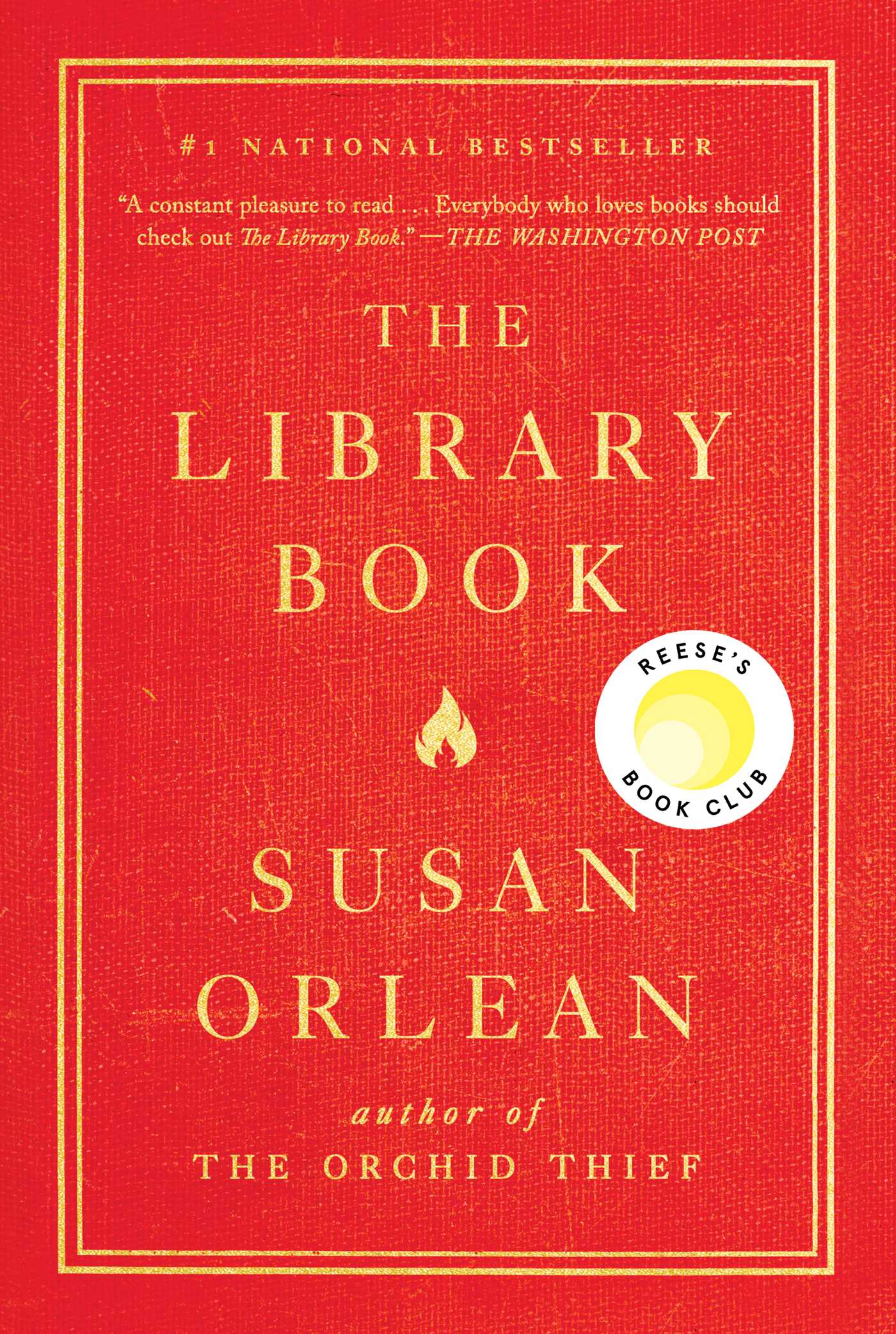THE BOOKS OF THE COLLECTOR
by“The Books of the Collector” opens with a vivid portrayal of the refined passion behind the pursuit of illuminated manuscripts, guiding the reader beyond casual admiration into a world of historical reverence and scholarly dedication. These works, unlike utilitarian clay tablets or mass-printed volumes, reflect centuries of craftsmanship, surviving through ages of religious, political, and cultural upheaval. Their scarcity stems not just from age but from the fragile nature of vellum, the destruction of texts in times of war, and deliberate iconoclasm that targeted religious or ornate imagery. Manuscripts produced before the printing press were not books in the modern sense—they were personal, sacred, and often luxuriously adorned. Charlemagne’s revival of classical learning catalyzed the rebirth of manuscript illumination in the West, breathing life back into an art form that had languished after Rome’s decline. From that point on, manuscript production became a bridge between knowledge and devotion, forming a collection genre both intimate and grand.
Collectors of these treasures are not driven solely by value, but by a profound respect for history and artistic legacy. English manuscripts, such as those preserved at Corpus Christi College, Cambridge, are prized not just for their age but for their embodiment of intellectual continuity from the medieval world. These books, often unique, pose challenges unlike printed material—missing leaves, obscure origins, or altered bindings make verification both essential and complex. However, their rarity only heightens their allure, creating opportunities for rich discovery. Every folio holds a personal narrative of its scribes and artists, often preserved in marginalia, unfinished illustrations, or patron inscriptions. For the discerning collector, even an imperfection adds character, offering insight into the journey the book has taken through time. The process of acquisition, though rigorous, becomes part of the manuscript’s evolving story.
Success in this pursuit requires more than wealth; it demands a working knowledge of paleography, codicology, and a feel for stylistic cues that mark different artistic schools. A collector must learn to identify hands, inks, pigments, and marginal designs that can help date or locate a manuscript. This expertise isn’t built overnight but grows through examination, comparative study, and careful collation—determining the physical integrity and original sequence of a manuscript’s sections. Service-books, such as psalters and missals, often follow liturgical patterns that can aid in identifying missing components or geographic origin. Collectors are advised to focus on particular schools or periods to deepen understanding and build a coherent collection. Such specialization not only sharpens taste but also increases the scholarly value of a personal archive. Each purchase, when selected with informed intent, enhances not just the physical library but the collector’s own intellectual depth.
The chapter draws attention to specific treasures like La Guirlande de Julie, a masterwork of French courtly elegance, crafted during the reign of Louis XIV. This piece stands out not only for its calligraphy and watercolor decoration but for its role as a social and cultural symbol. Its creation involved celebrated poets and calligraphers of the time, encapsulating the height of refinement in 17th-century manuscript art. Collectors of modern illuminated manuscripts must navigate the tension between preservation and presentation. Many seek to ‘restore’ worn pages, yet such interventions often erase traces of age that make these works historically significant. The text warns that efforts to perfect a manuscript may actually reduce its academic and aesthetic worth. Authenticity is valued over flawlessness because it connects the viewer with the artifact’s lived experience.
Unlike printed books that replicate content endlessly, manuscripts exist as singular witnesses to human history. Each has been touched, read, prayed over, or stored away in silence, absorbing layers of cultural life. To collect such works is not only to gather artifacts but to participate in a continuum of memory and learning. That is why documentation is so vital—provenance records, condition reports, and scholarly notes protect the narrative integrity of each piece. For the modern collector, blending passion with discipline becomes a noble task. Building a collection isn’t merely about ownership; it’s about stewardship, about caring for relics that speak to the shared intellectual heritage of civilizations past.
The chapter ultimately reads as a call to treat this practice with seriousness and care, not simply as a hobby or investment. Manuscript collecting is portrayed not as an elite pursuit but as an ongoing conversation between history, art, and the individual. For those willing to commit the time and study, the rewards extend far beyond material value. These books, adorned with gold leaf and hand-drawn borders, carry within them not only divine words or poetic verses but also the heartbeat of the scribes who shaped them. To touch a manuscript is to touch time. And for the collector, there is perhaps no greater privilege than becoming a quiet custodian of that legacy.

